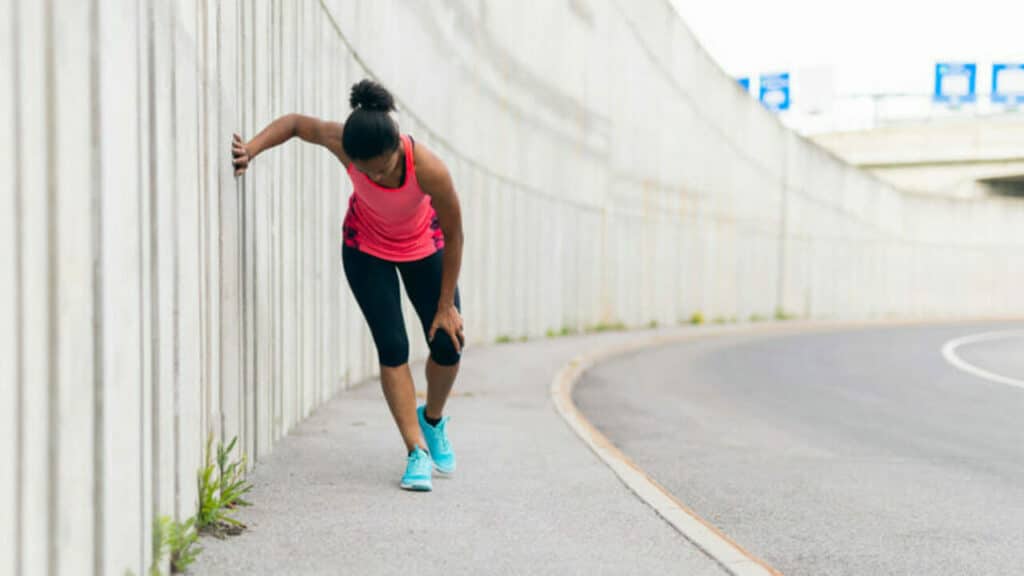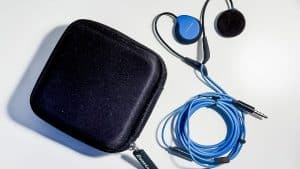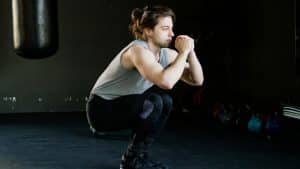We all know that exercise is an essential part of a healthy lifestyle, but what happens if you’re injured and can’t perform the kind of movement that forms part of a fitness routine? What if the actual act of exercising is what causes you an injury in the first place?
Generally, the benefits of sport and exercise far outweigh the risks. That doesn’t mean they’re guaranteed to be harm-free, however. Let’s take a look at sports injuries and why they happen, how to avoid them and how to manage them if they do occur.
It can be worryingly easy to injure yourself. All you have to do is fail to warm up properly or push yourself too hard. Using bad techniques or faulty equipment are also danger factors. And sometimes you’ll just have an accident, like slipping and falling.
Some parts of the body are more at risk than others. Ankles and knees, which take a lot of wear and tear just in normal daily life, are near the top of the list, but every joint, muscle and ligament can feel the damage if something goes wrong.
If you start to feel pain while exercising, stop immediately. Trying to push through it could cause more harm. Other symptoms to look out for include stiffness and swelling. Not all injuries will be immediately apparent, and it could take a few hours after your session for you to realize something’s wrong.
Luckily, most injuries are unlikely to be severe. They’ll heal naturally given time and maybe some over-the-counter painkillers. A good acronym to remember is RICE, or “rest, ice, compression and elevation”. With an injury like a sprain or strain, give it time to recover, apply an ice pack, compress it (such as with a bandage or sling, though not so tightly it reduces circulation) and elevate it so it’s at a higher level than your heart. This should reduce swelling and pain.
Other injuries, such as broken bones, need attention from a medical professional. This is especially true with head injuries, which can cause severe internal consequences even when you look and feel fine on the outside. Doctors, physiotherapists and fitness professionals are also the people to talk to if you want to know how to exercise safely in a manner that suits your individual body. That’s how you reduce the risk and impact of injuries.




